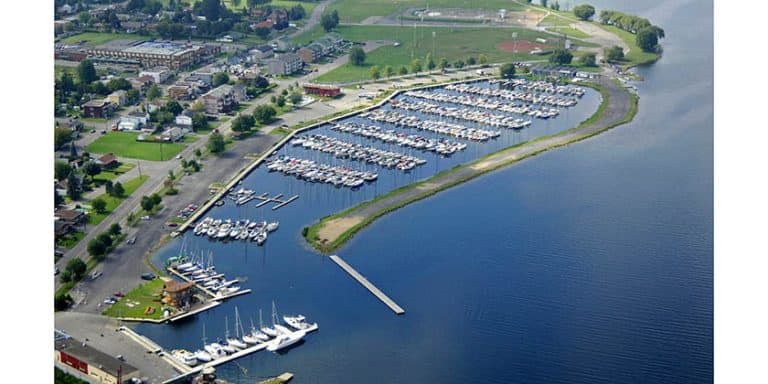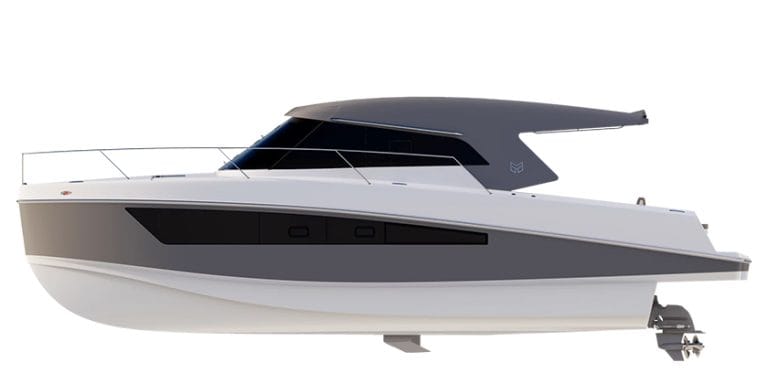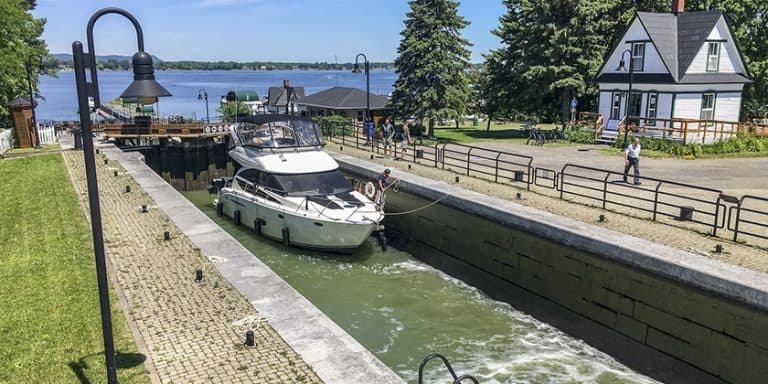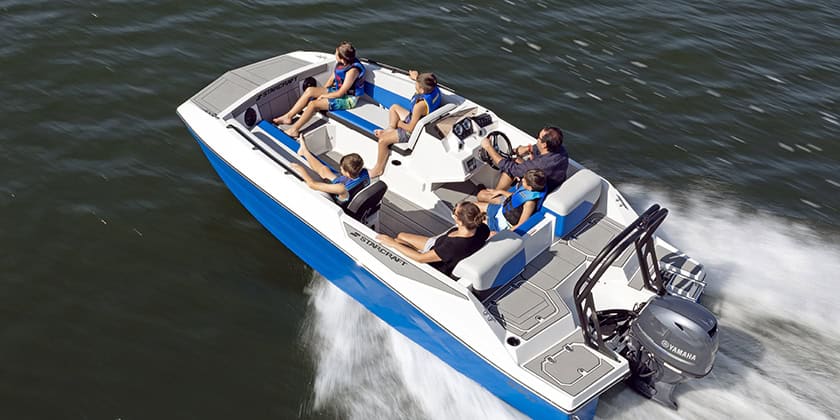Avery N., created by Richard Bennett, on display at Northumberland Fisheries Museum
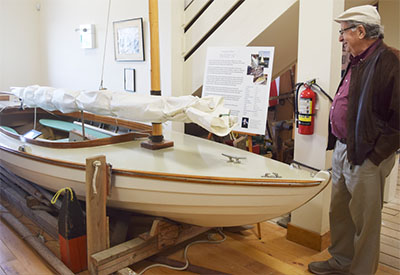
Dec 14, 2017
Retired Stright-MacKay President Richard Bennett has been keeping busy. Here is a story by Adam MacInnis which appeared in the New Glasgow paper The News.
You could miss it if you weren’t looking for it.
In a museum filled with live (and a few mounted) lobster, fishing gear and many marine-related artifacts, the 18-foot dory in the back of the building melds into the surroundings.
But boat lovers and craftsmen are often lured to look at it. Everything about the boat has a story to tell.
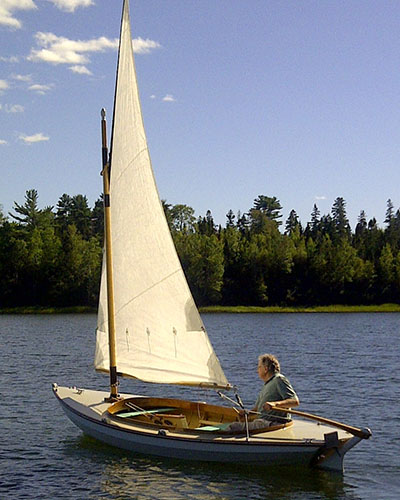
This particular dory, the Avery N., was created by Richard Bennett, who named it after his grandfather.
“Ever since I was kid I was a student of boat design and built boats all the time,” he said during a recent visit to the Northumberland Fisheries Museum, where he donated the dory. He built them professionally while working at Stright-MacKay Ltd. where he rose to the position of president before retiring.
Throughout his life he heard about the famed Swampscott dory.
“Historically this model had always been considered to be the ultimate in the evolution of the small inshore dories,” he said.
What separates the Swampscott from other dories in design is that it has rounded sides instead of straight sides typically associated with dories.
In an era of sail and oar-powered boats, design was far more important, Bennett explains. These dories had to meet many requirements. They had to be readily sailed, readily rowed, extremely seaworthy, handily beached, able to carry a load of fish and be relatively easy and cheap to build.
Builders and users kept trying to make the boats better and better because the easier a boat moved through the water, the less work was required for the people powering them.
The Swampscott fit the bill perfectly. Variations were modified for speed and became one of the most popular classes of small racing sailboats until 1940, according to information provided by Bennett.
Then in the early 1900s, engines arrived.
“Well that was the end of it,” Bennett said. “They didn’t care anymore because they didn’t have to row them and sail them. They put an engine in them and they could push a bathtub if they wanted to. Any shape at all.”
A boat lover at heart, though, he couldn’t forget the Swampscott dory and always wondered, “Are they as good as they say they are?”
“There’s only one way to find out – build one,” he said.
Retired and getting up in years, he decided when he was around 75 that if he was going to do it, he better get a move on. So, he set to work fashioning it at his Pictou County home. It took two to three years to complete in his free time. It was all worth the effort when he put it in the water the first time, he says.
“It was some thrill I’ll tell you.”
He made a variation in the rigging, so he could sail it with one person because the original design would have required two people.
He recalls one day sailing it around a friend’s boat to show it off.
“I’ll never forget. The breeze was perfect. Everything was perfect. She just slid around him.”
The dory can turn on a dime and doesn’t leave a mark in the harbour behind it, he brags.
“They are every bit as good as they say they are.”
Swampscott dory Avery N specifications:
Length 18’, beam 4’11”, sail area 93 sq. ft.
Planking is black spruce with oak frames, ash timbers, mahogany trim and transom and a teak centreboard. The deck is marine plywood and all the wood is treated with epoxy.
The original design is by Charles Mower with modifications by John Gardner.

